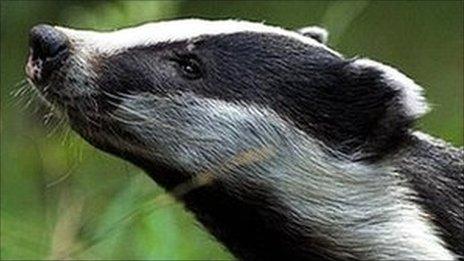Long running curse of bovine TB in countryside
- Published

It is a curse, lurking in our countryside.
For decades, bovine TB has been ruining livelihoods in rural Wales, leading to the slaughter of tens of thousands of cattle.
It has also been responsible for a fraught and sometimes bitter war of words between campaigners about how best to tackle the threat it poses.
It promises to target different areas of Wales and use the "most appropriate and effective" control measures.
Farming leaders want to see the inclusion of a badger cull in the new plans, a move fiercely opposed by wildlife groups.
As part of the Welsh Government's most recent TB eradication programme, farmers face regular testing and restrictions on moving their cattle.
Since it was launched in 2008, there has been a 37% reduction in incidents of bovine TB.
But the issue is concentrated, with far higher incidence levels in west Wales and along the border with England.
And a sharp rise in the number of cattle being killed in recent years has caused alarm in farming circles.
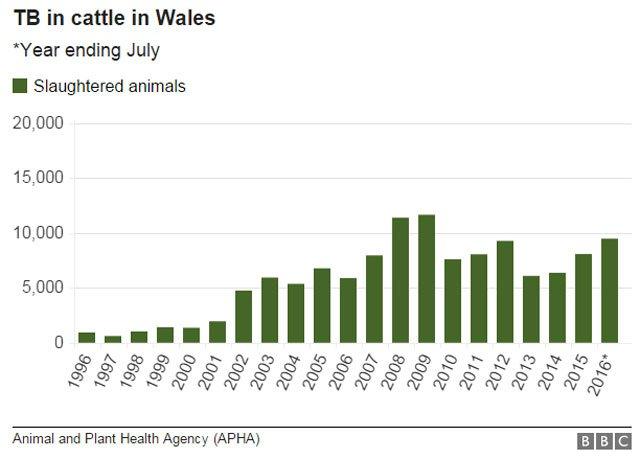
In the year to July, 9,492 cows were lost to TB - a trend increasing since 2013.
The Welsh Government said this was as a result of stricter and more sensitive testing regimes.
Farming unions say it is pointless to keep killing cattle without tackling the "reservoir of infection" in badgers.
The issue of whether to initiate a cull has been one of the longest running sagas in the history of the Welsh Assembly.
Plans were abandoned in 2012 in favour of a five-year project to vaccinate badgers in north Pembrokeshire.
But that is now on hold due to a global shortage of the TB jab.
The need for "robust action" to eradicate the disease is all the more urgent given the UK's vote to leave the EU, according to both the Farmers' Union of Wales (FUW) and NFU Cymru.
Their argument is that post-Brexit trade deals relating to Welsh meat could be put at risk without sought after "TB free" status.

Queen guitarist Brian May has been a prominent campaigner against badger culls in England
In England and Northern Ireland, badger culls are taking place in areas badly affected by TB, while Scotland has been free of the infection since 2009.
Alan Davies, FUW managing director, said there were big expectations within the industry for Welsh Government to deliver a badger cull.
"The farmers of Wales will be expecting to hear something really positive.
"We've had an absolute vacuum in the last 10 months since the cancellation of the vaccination programme - so now there's real expectation that there will be a practical programme for improving the situation.
"But more than that there is an urgent need to address the situation as the state of TB in Wales could be a real threat to negotiations with Europe post-Brexit.
"I don't want our members to feel like they're being let down by politicians when the messages have been so clear for a very long time and a very new, significant threat is on the table that really does in my opinion justify a significant shift in policy."
Opponents of culling argue there is no evidence it is effective.
Prof Rosie Woodroffe, from the Zoological Society of London, said the Welsh Government had taken "a leadership role within Britain in using scientific evidence in developing their TB control polices".
"They've done a fantastic job and are the envy of England in cracking down on cattle-to-cattle transmission, which is estimated to be responsible for 94% of new TB cases," she said.
"I know that there is pressure to cull badgers in Wales, but I think that would be a retrograde step."
A recent study by Prof Woodroffe and her team at several sites in Cornwall suggested the disease spread to cows after they came into contact with infected faeces and urine, rather than directly with badgers.
The findings, she claims, have big implications for how farmers manage the environment on their land.
"Bovine TB is a massive, chronic problem for farmers, causing real suffering. The reason why we're at this relatively early stage in trying to understand how it's transmitted is down to the technology," she said.
"The new work we're doing trying to look for bacteria in the environment is only made available due to modern techniques. Hopefully, this new dawn of research methods will help us solve an age-old problem and hopefully make things better for farmers."

TB TIMELINE
An archive report from May 2002, with TB in cattle cases rising in Wales and calls for a strategy to deal with the problem
2002 - Mounting concern about TB in cattle, with 127 cases confirmed by May, compared to 150 during the whole of 2000.
2005 - Legal responsibility for animal health and welfare is devolved from Westminster to the Welsh Government. The first chief veterinary officer for Wales - Prof Christianne Glossop - is appointed.
2006 - The principal legislation for TB in Wales comes into force. Mandatory pre-movement cattle testing is introduced.
2008 - The TB eradication programme is launched with the aim of eradicating bovine TB in Wales. A target badger cull is announced by the then coalition government between Plaid Cymru and Labour.
2009 - Rural Affairs Minister Elin Jones reveals the cull will take place in a TB hotspot in west Wales - the intensive action area (ITA). She tells the Assembly bovine TB is "out of control" in Wales.
2010 - The cull is quashed in the Court of Appeal because the terms of the cull order apply to the whole of Wales when the evidence of a consultation only supported a cull in the intensive area.
2011 - The newly-elected Labour government puts the idea of a cull on hold and commissions a review of the science.
2012 - The Welsh Government drops plans for a cull - announcing a five-year badger vaccination project in the ITA in south West Wales. Farming unions attack "a cowardly betrayal" while the RSPCA said it was "delighted and relieved".
2015 - The vaccination trial in Pembrokeshire is suspended due to a global shortage of the TB jab.
2016 - Prof Glossop tells BBC Wales bovine TB is "single biggest problem" facing animal health and welfare in a generation. Farming unions renew calls for badger cull.
- Published18 October 2016

- Published16 August 2016
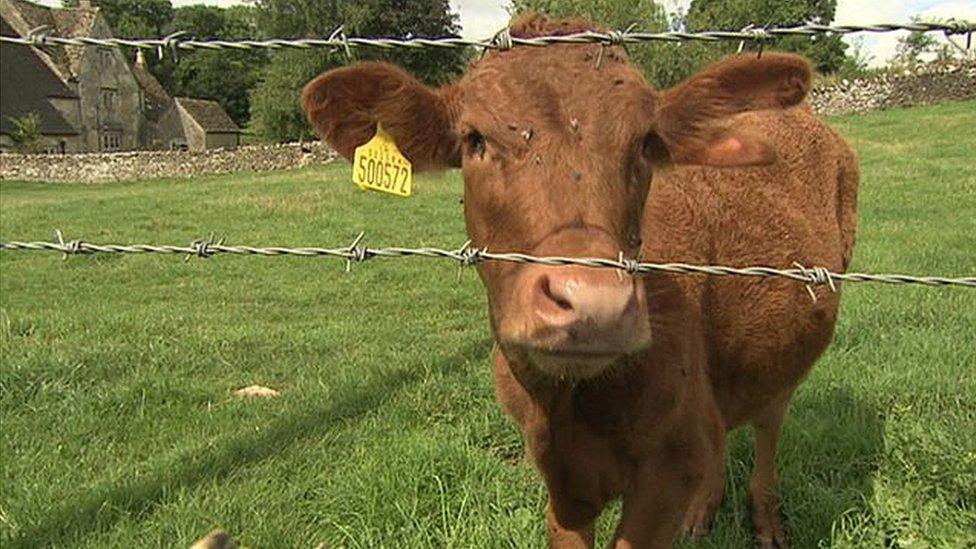
- Published28 August 2013
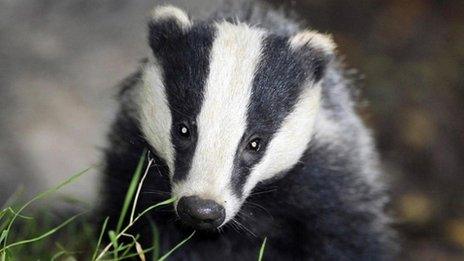
- Published15 January 2015
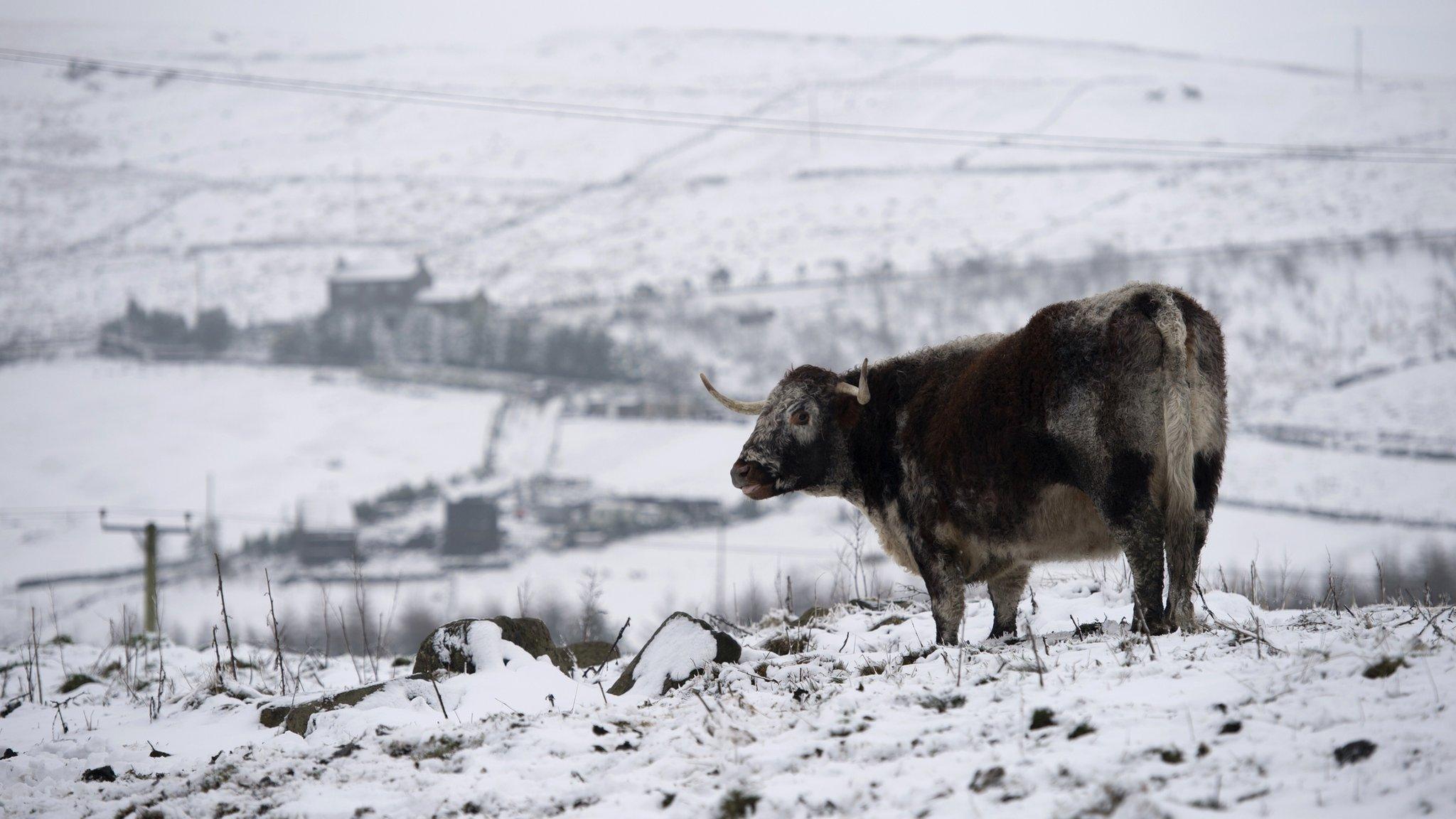
- Published20 July 2016
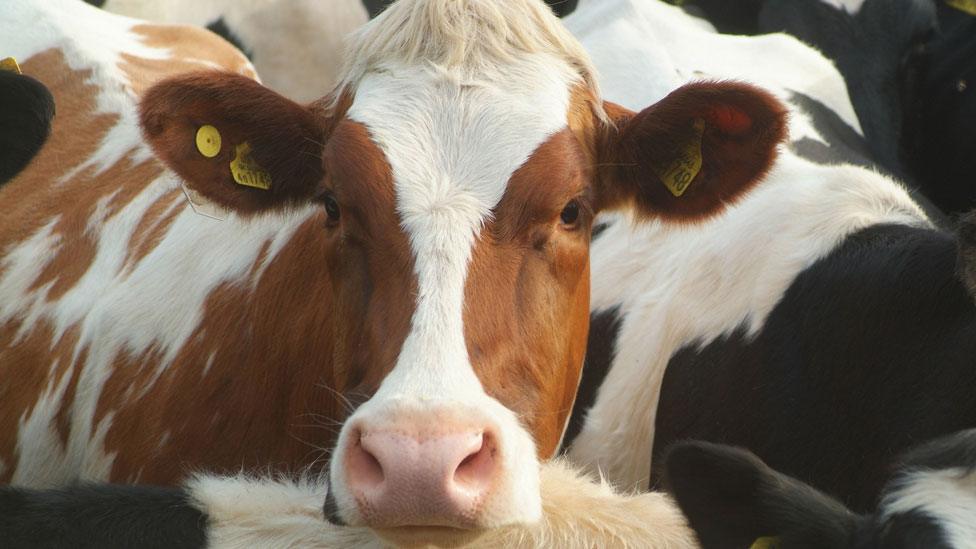
- Published22 July 2015
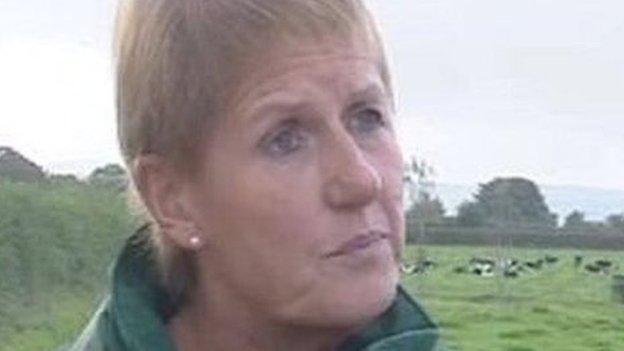
- Published21 June 2011
